Understand metal’s resilience to wildfire
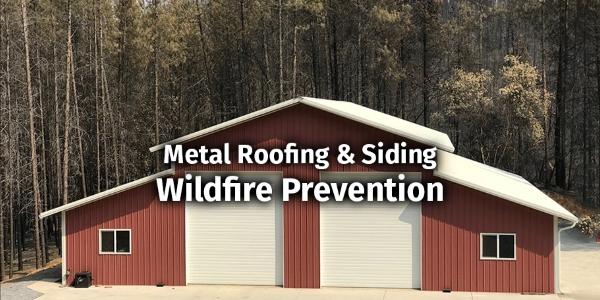
By ASC Building Products.
Learn the benefits of fire-resistant metal roofing and siding for home safety against wildfires and other disasters.
Editor’s note: Share this article with your customers who live in wildfire-prone areas.
With wildfires posing a growing threat to over 10 million residential properties in the U.S., homeowners need reliable solutions to protect their homes from these devastating events. Equip your home with the best defense and gain peace of mind knowing that you have taken crucial steps to protect your property and loved ones from the destructive power of wildfires.
Understanding and implementing these wildfire prevention safety tips, including the strategic use of metal roofing and siding, can significantly help your home's resilience against wildfires.
Fire resistance
Wildfires are a growing threat for many homeowners, with more than 10 million residential properties in the U.S. at high or extreme risk. The roof and exterior materials you choose can make a big difference in fire-prone areas. Metal roofing and siding provide exceptional protection compared to combustible materials and give homeowners peace of mind. There are also proven methods to prepare homes for the devastating impacts of wildfires.
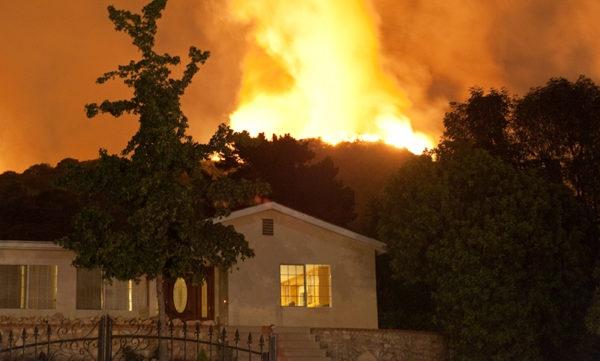
Metal roofing and siding is fire resistant: Roof assemblies are Class A Fire Rated when installed on non-combustible deck or framing per IBC, IRC or when installed in accordance with UL listings (UL790). Metal will not ignite, acting as a barrier between the fire and your home’s vulnerable framing and interior.
Durability against embers
Metal’s non-combustible properties are crucial, but it also stands up to other wildfire threats. During a wildfire, wind-blown embers can become lodged and smolder in nooks and crannies, igniting combustible materials. Metal’s smooth, bare surfaces leave nowhere for embers to catch and penetrate. This helps make metal roofing and siding an ideal choice for homes in wildfire-prone areas, as it resists ignition and prevents embers from compromising the structure.
Preparing homes for wildfire
Following information provide courtesy of the National Fire Protection Association.
What are the primary threats to homes during a wildfire?
Research on home destruction versus home survival in wildfires points to embers and small flames as the primary ways most homes ignite during wildfires. Embers are burning pieces of airborne wood and/or vegetation that can be carried more than a mile through the wind can cause spot fires and ignite homes, debris and other objects.
There are methods for homeowners to prepare their homes to withstand ember attacks and minimize the likelihood of flames or surface fire touching the home or any attachments. Experiments, models and post-fire studies have shown homes ignite due to the condition of the home and everything around it, up to 200’ from the foundation. This is called the Home Ignition Zone (HIZ).
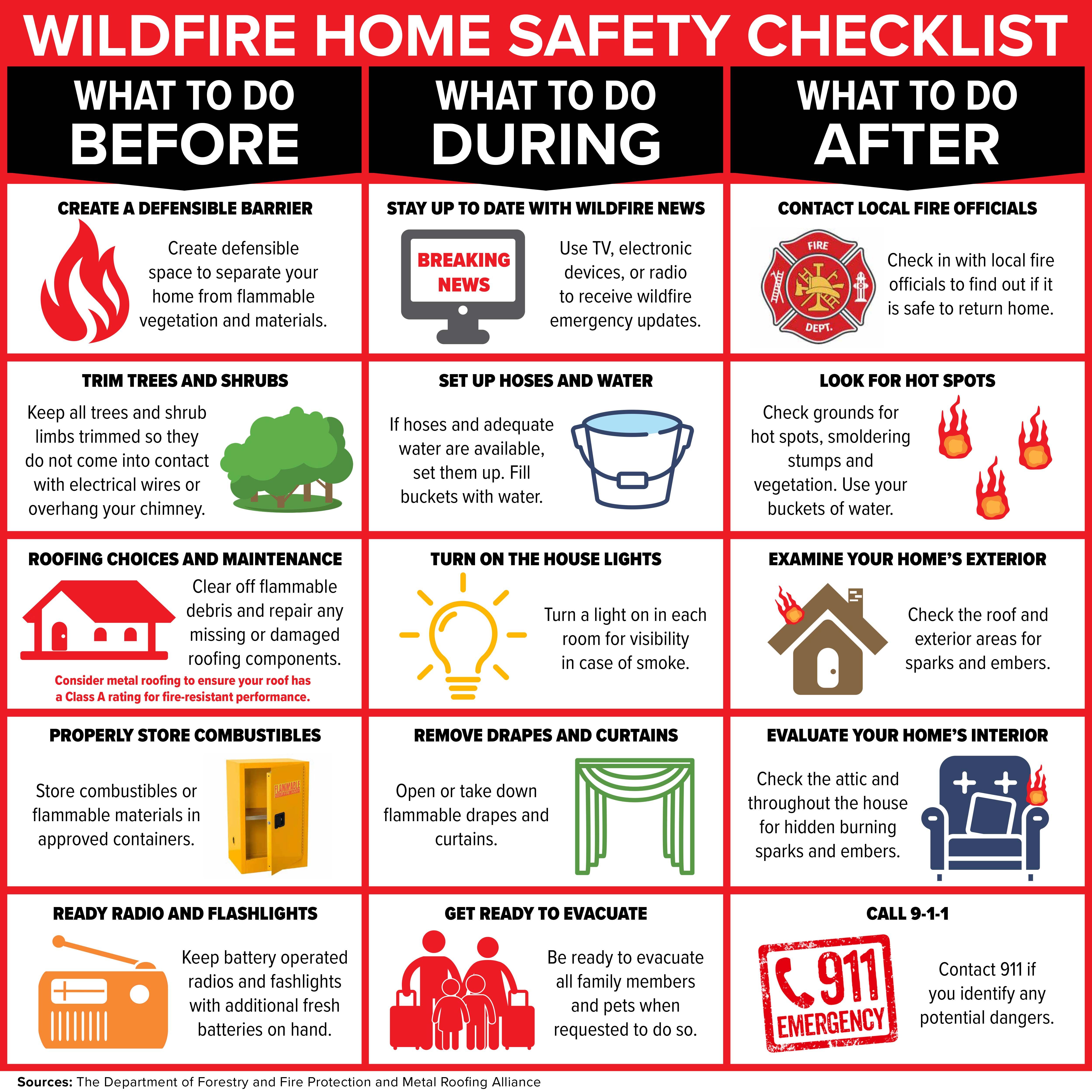
What is the Home Ignition Zone?
The concept of the home ignition zone was developed by retired USDA Forest Service fire scientist Jack Cohen in the late 1990s, following some breakthrough experimental research into how homes ignite due to the effects of radiant heat. The HIZ is divided into three zones; Immediate, Intermediate and Extended Zone. Learn more about these three zones.
Reducing the risk of home ignition is crucial, and one effective measure is to clean your roof regularly. Cleaning critical areas, such as valleys, roof transitions and behind chimneys, helps minimize potential fire hazards. Removing debris, leaves and other flammable materials can significantly reduce the risk of ignition during a fire event. Learn more about metal roof cleaning tips.
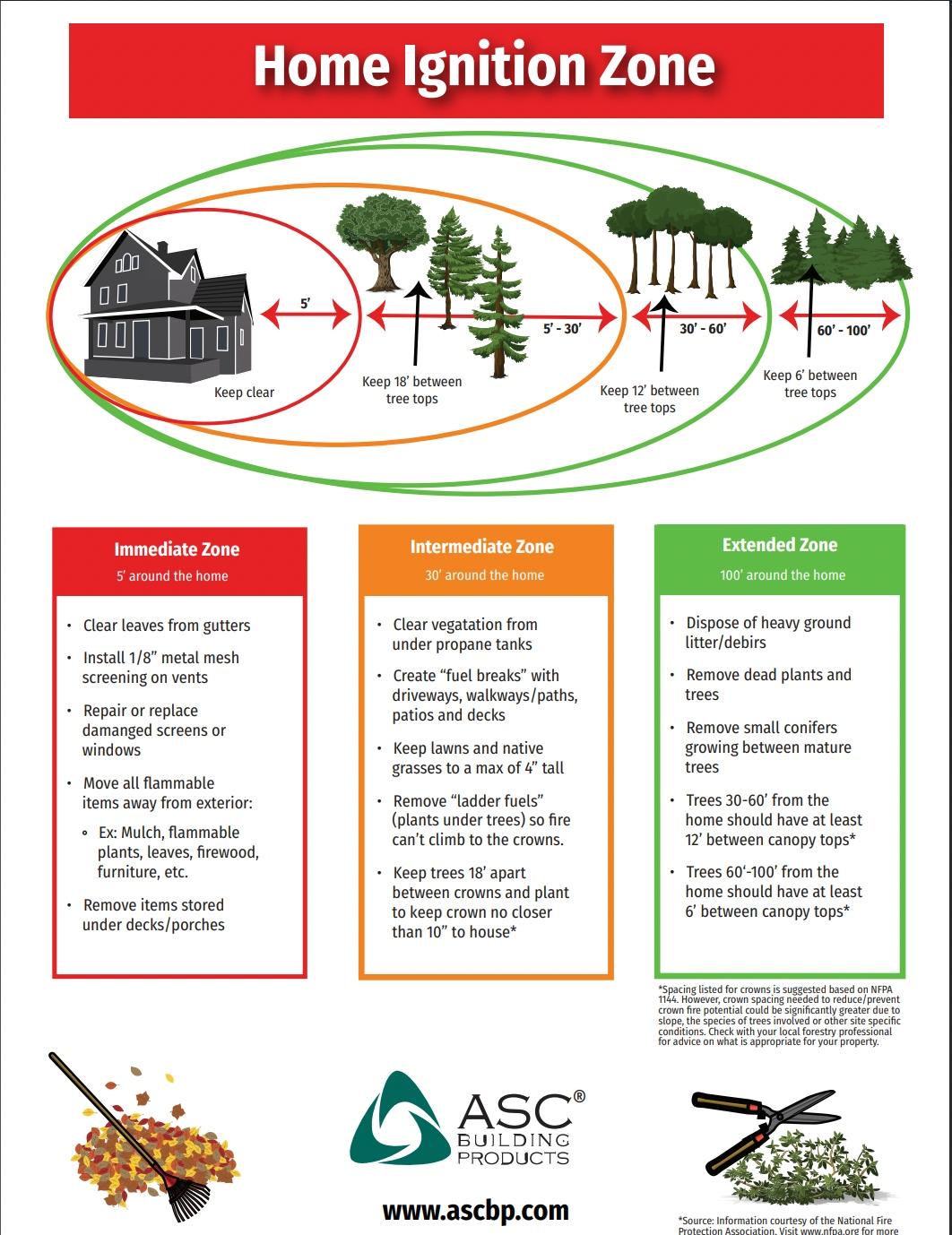
Learn more about AEP Span in their Coffee Shop Directory or visit www.aepspan.com.



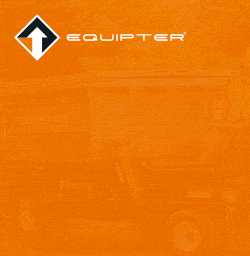


















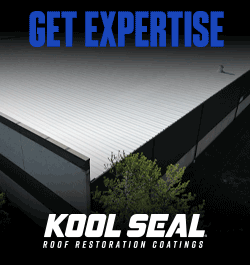
Comments
Leave a Reply
Have an account? Login to leave a comment!
Sign In